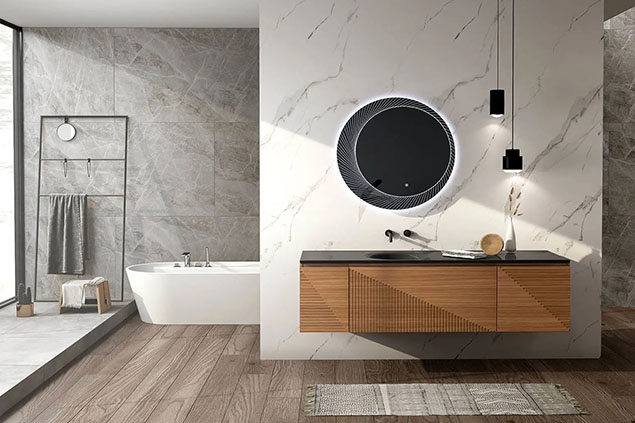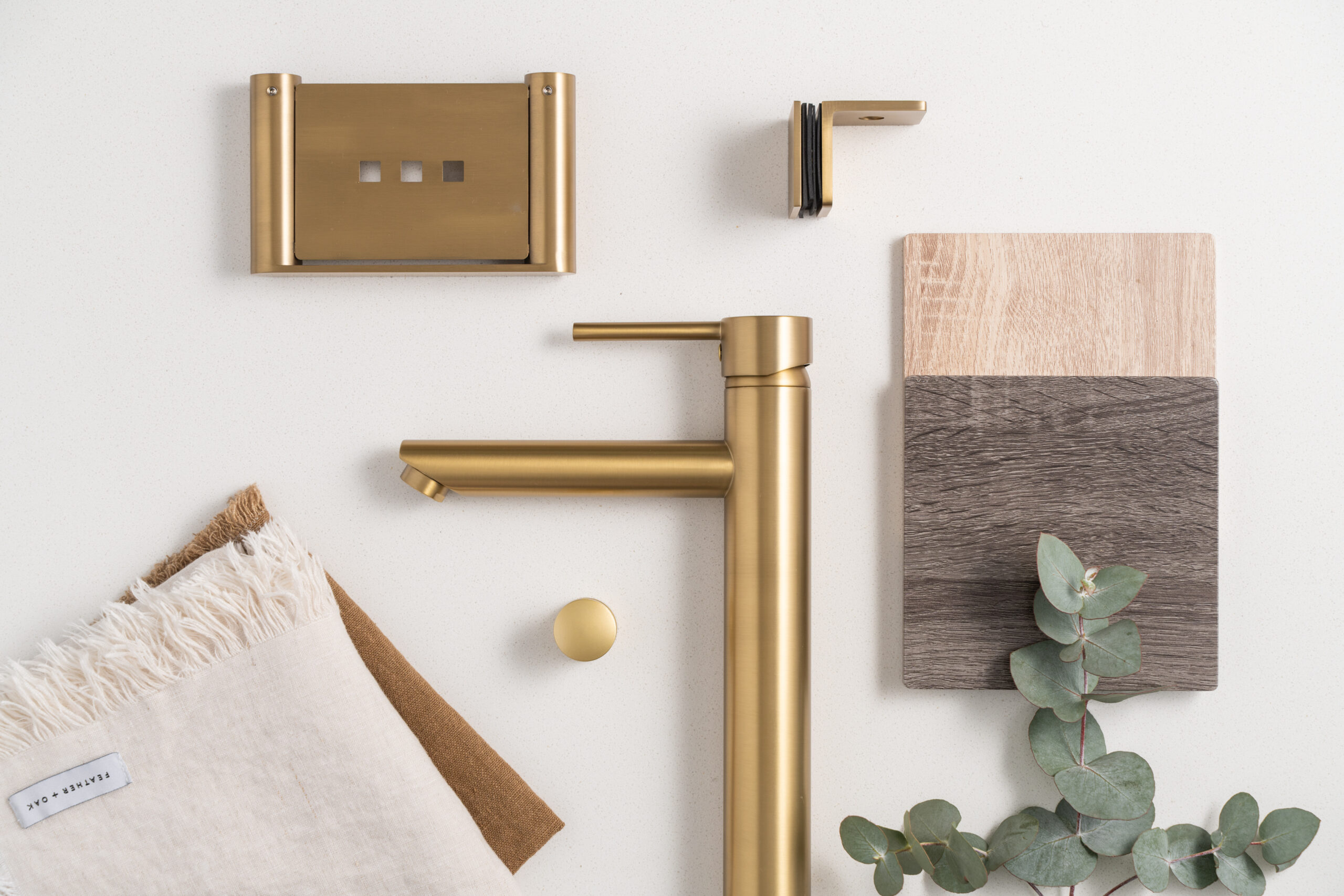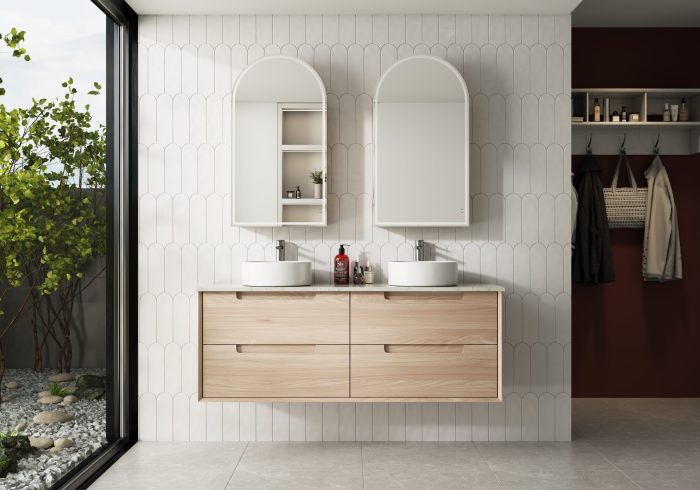Mold in the bathroom is indeed a cause of concern because it can be a health risk to your family. And this is because some of the mould in bathroom produces spores that are toxic and can lead to allergic reactions or aggravate lung conditions like asthma. So with this being said—how to get rid of mould in bathroom?
The blog I prepared for today will discuss how to get rid of mould in the shower and how you can prevent them from returning in the future. Hope your peace of mind disturbed by the moulds can be at ease after reading this post. So without further ado, let’s begin…
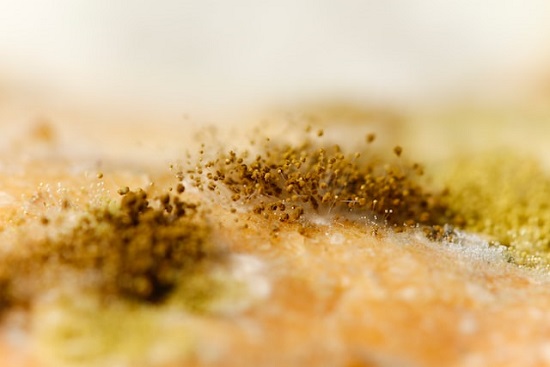
What Causes Mould?

Moulds are microscopic fungi relative to moss. And what you have to bear to mind here is that these fungi thrive in a damp and humid environment like your bathroom. Although they don’t grow right away when there’s a wet spot, the colony of moulds will eventually start to thrive within 24 to 48 hours if they are left unattended, or the area is constantly wet.
Moulds typically grow in parts of the bathroom where it lacks ventilation and exposure to sunlight, such as under the vanity cabinet or bathtub and the gaps between the tiles.
So the bathroom is a place where you should take your regular hygienic routine. And, it is also important that you allow it to dry when it is not in use to discourage the overgrowth of moulds.
Now that we already know what causes the growth of this colony of fungi, let’s move on and accommodate the answer—how to get rid of mould from different parts of the bathroom?
How to Remove Mold From Painted Walls?
How to get rid of mould on walls permanently naturally is fairly easy. You can easily destroy the colony by cleaning them with cleaning agents with harsh chemicals. However, the bathroom mould on a painted wall may be a different story in different homes. The following is how to get rid of mould in shower with vinegar safely on a painted or wallpapered wall:
- First and foremost, mix two tablespoons of borax and one-fourth cup of distilled white vinegar in a bowl with two cups of hot water
- Prepare an empty spray bottle and pour in the solution of borax and white vinegar
- Spray an ample amount of the mixture on the painted walls that has spores of moulds
- Scrub them right away and wipe them with a clean rag
- Spray another set and allow it to sit for 10 minutes. After the specified time, wipe it again until it dries completely
You can remove the molds in a matter of a few minutes. But the health concern here is the odor it emits, which can lead to allergies or lung complications. With this being said—it is important that you wear a face mask, goggles, and latex gloves to protect yourself from the potential health risk of exposure to mould spores.
How to Get Rid of Mould in Bathroom Ceiling?
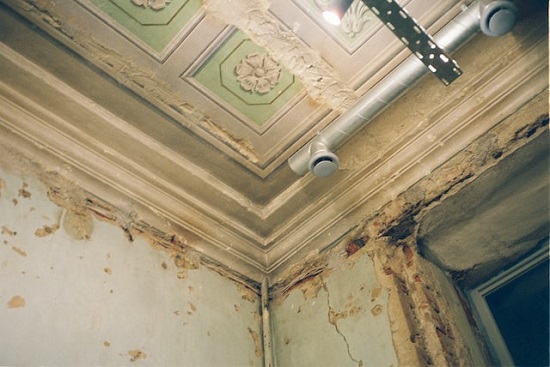
Mould in shower can happen in any part of the bathroom including the ceiling. Although the ceiling is high up, the moisture can dampen the ceiling’s surface and promote the growth of moulds. And once you observe the development of overgrowth in your bathroom, the following are the actions you have to take to impede it:
- Make a mixture of multipurpose bleach and water
- Get an empty spray bottle and fill it with the bleach solution you prepared earlier
- Spray it onto the mould-infected areas of your ceiling and scrub it with a sponge
- Scrub it thoroughly until the mould marks dissolve, and rinse it with tap water
- Make another solution of white vinegar and borax. Bleach removes the stain left by the mould, while vinegar and borax completely eradicate them and prevent them from ever returning
- Let the solution sit there for about one hour before you rinse them with water
- After washing them with water, open the doors and window for ventilation to rid of the odor produced by the spores of the moulds. If you like, you can also use an electric fan or hair dryer in order to make it dry faster
Again, the spores emit allergens, pathogens, or toxins into the air that could be harmful to us humans when inhaled or made contact with our skin or eyes. Therefore, make sure that you wear protective gear as you remove these moulds from your bathroom.
How to Get Rid of Mould in Bathroom Sealant?
The bathroom sealant or the small gaps in the vicinity are also where black mould in bathroom is likely to develop. They are actually greenish-black in color, and they grow where there’s a constant flow of water, such as broken plumbing, or places where it’s always damp, such as the sealants.
In addition, the dangers of black mold in bathrooms are much greater because its’ spores have more toxins than the typical greenish or brownish variety. Anyway, below is what you have to do to clean black moulds in your bathroom sealant:
- Create a mixture of 3 teaspoons of bicarbonate soda and one cup of vinegar. Mix them until you see a paste consistency
- Get a small spoon to scoop small amounts of the baking soda and vinegar paste and apply a thick layer where the moulds are thriving
- Leave it there for about five to ten minutes
- Use a small scrubber or old and unused toothbrush after the specified period is over
- Dip a sponge into tap water and wipe off the mixture
Of course, you can use bleach afterward for more stubborn stains.
How to Prevent Mold in Bathroom?
Keeping mould away from your bathroom can be easy if you take a few precautionary steps.
At first, one of the most effective ways to prevent mold is to keep your bathroom well-ventilated and as dry as possible. So wipe down showerheads, bathtubs and counters after use and dry off any moisture immediately. Besides, be sure to dry off shower curtains, towels, and grout regularly to discourage mold growth.
Additionally, check seals around toilets, tubs, showers, and sinks for leakage —even small ones— every few months and repair any damage quickly to avoid water buildup as soon as possible.
Finally, a dehumidifier in your bathroom can also reduce moisture in small spaces – so using one regularly can be beneficial in preventing mould growth in the long term.
Conclusion
If there is mould in the bathroom, you won’t be very happy even if you have a stylish bathroom with the high-quality stunning MyHomeare round twin showers. I hope today’s article has helped you in your quest how to get rid of mould in the bathroom, and how you can prevent them from returning in the future. Taking the measures in this article will help keep your bathroom fresh and free from any unsightly and potentially hazardous mould so that every time you can have a great bathing experience no matter if you’re taking a fast shower or having a comfortable relaxation in your elegant bathtubs.
Frequently Asked Questions About How to Get Rid of Mould in Bathroom
Below are additional frequent questions homeowners have about how to get rid of mould in bathroom:
Both solutions work well in killing molds, but for a more natural way of eliminating them, you can go for vinegar. On the other hand, bleach is best for tougher stains.
You can’t just wipe away black mold or any mold for that matter. Merely wiping them leaves a residue. It will allow the molds to grow again.
For hard surfaces in bathrooms and kitchens, use white vinegar that is undiluted to kill mold. Bleach is also known to kill molds quickly and permanently. Add one part bleach to four parts water. Gently clean and wipe the mold until it disappears using a moist towel. When finished, thoroughly dry the area with a soft cloth.

